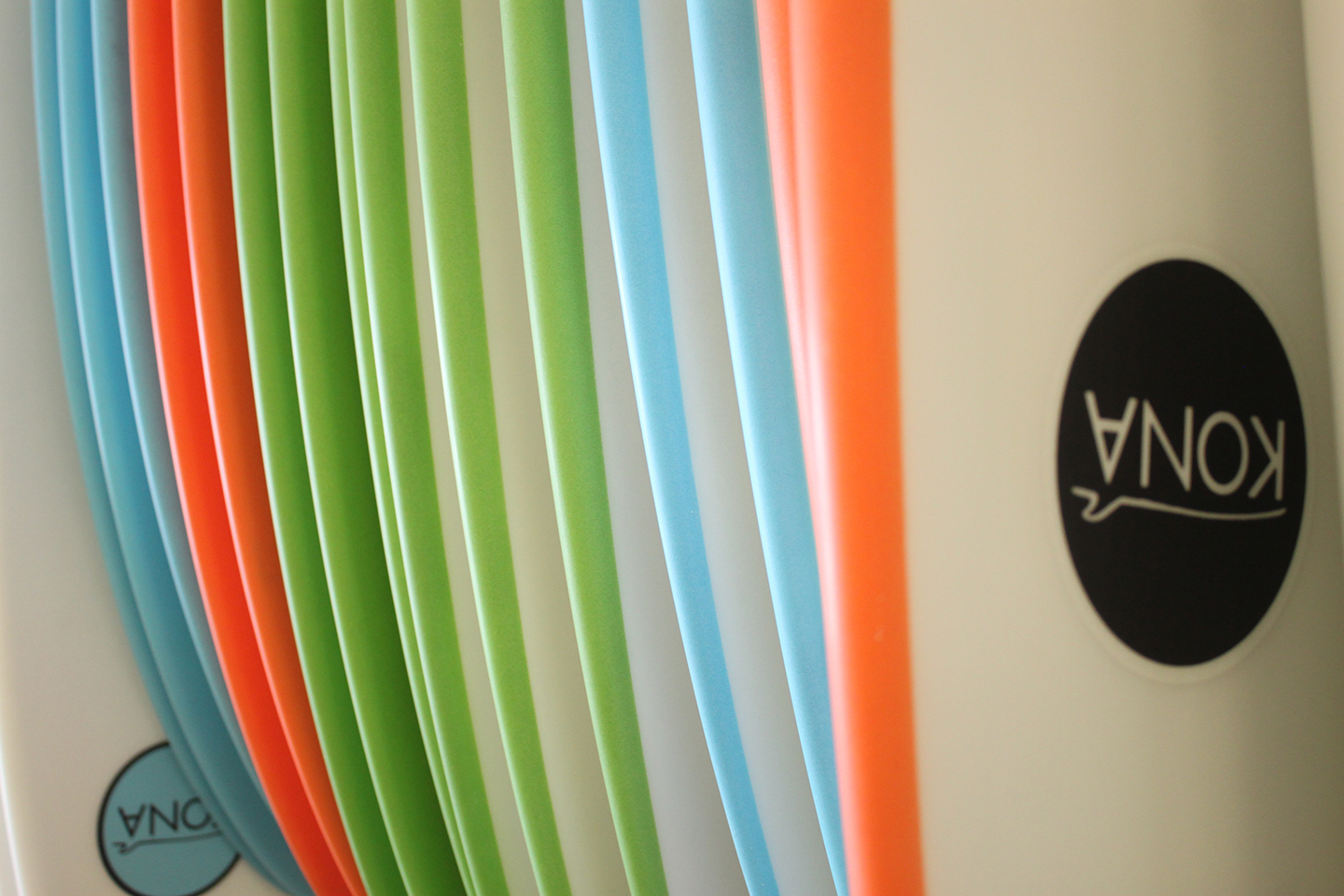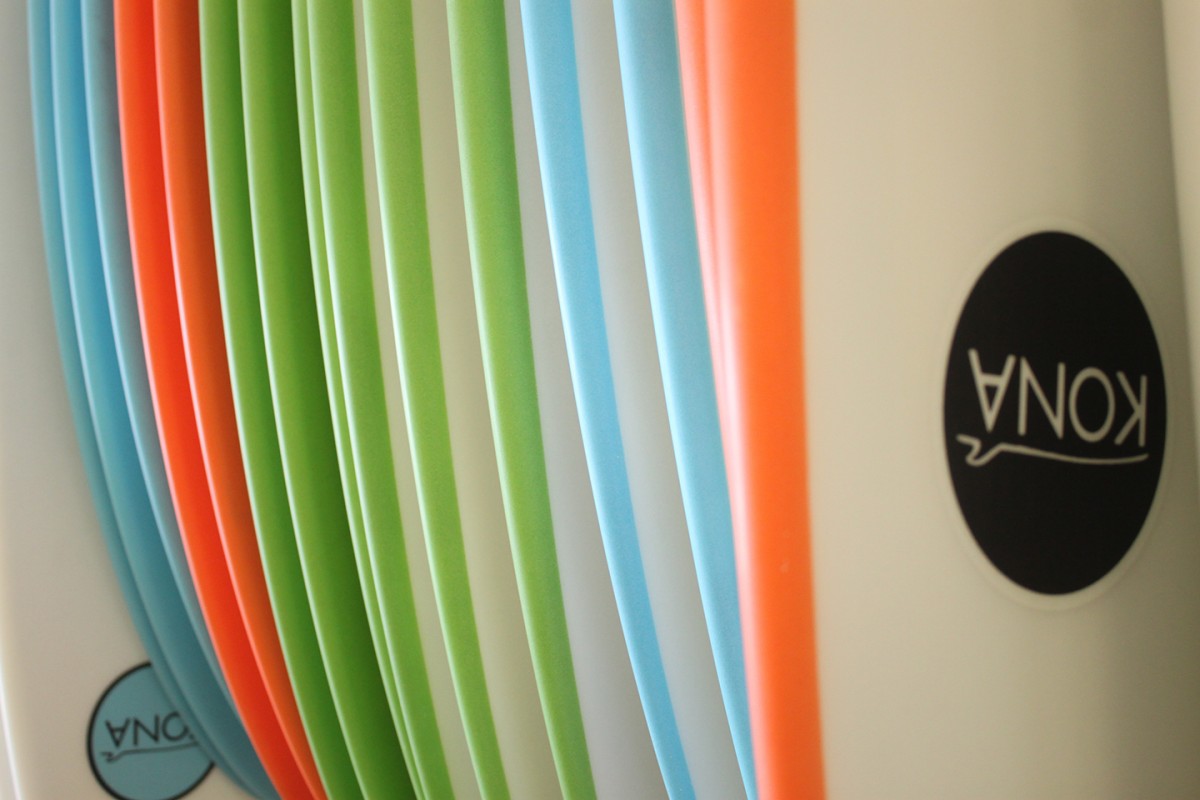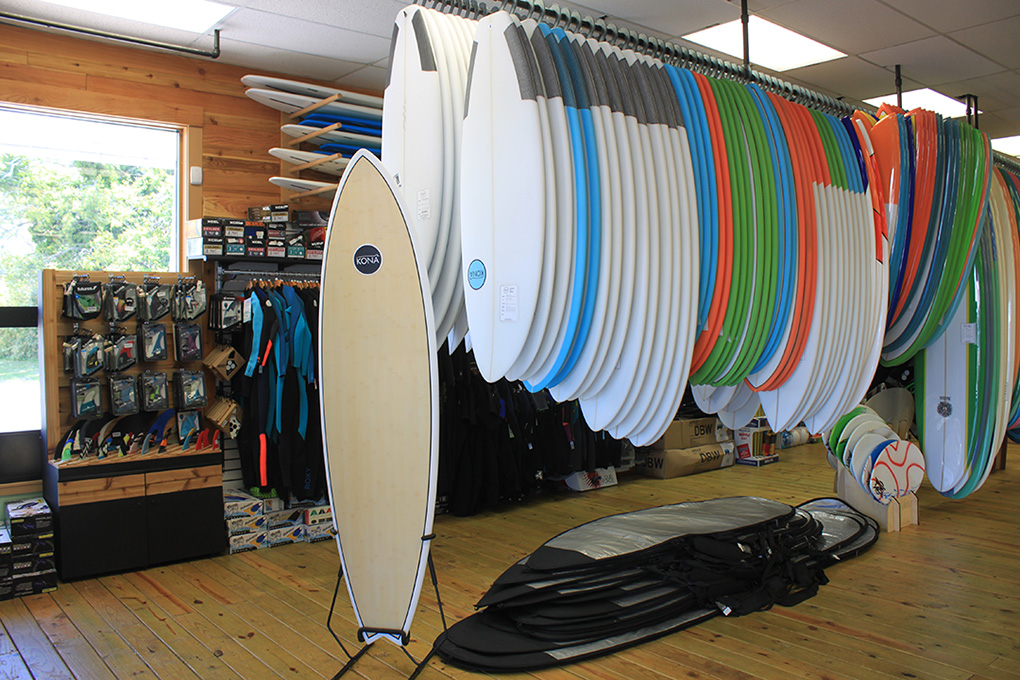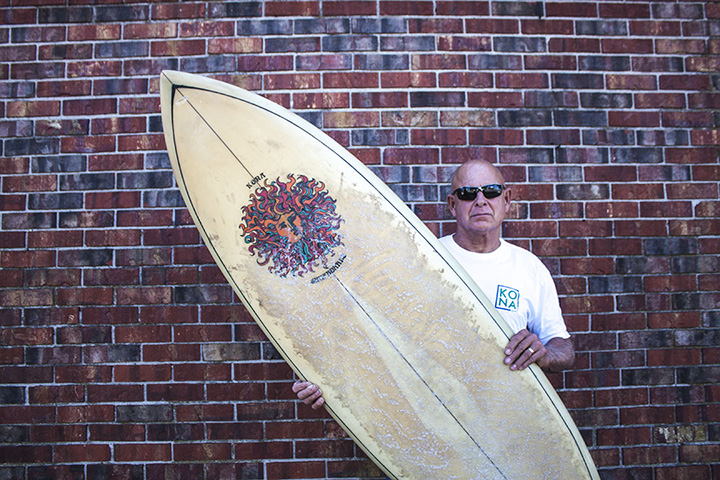
If you’ve spent any time over the last few decades at your local surf shop, or with a local shaper discussing the various methods in use to craft surfboards there’s a very high chance you’ve heard the term CNC. Short for “computer numerical control”, CNC machines have redefined the way in which many companies approach surfboard production. There is a common misconception that CNC boards are the same as molded, or “pop-out” surfboards. These two methods are often confused because each of them involve the use of automated machinery, however the manner in which the machinery creates those boards is entirely different.
In essence, a CNC machine is an extension of a shapers toolset. Utilizing the capabilities of the machine allows the shaper to expedite turnaround time, production flow, as well as keep cost and labor at a minimum. The implementation of technology in the surfing industry has increased at a phenomenal rate over the last few decades. From working with new materials, to developing entirely new shapes, the surfboard industry has taken giants steps in progression and experimentation. That is not to say that these advancements have not been met with resistance and skepticism. Many traditionalists still believe the shaping of a surfboard to be a true art form that should be left only to human hands, others however have taken notice to the advantages of CNC machines and began to push the boundaries of shaping, previously thought to be finite.
Another common misconception is that these CNC machines are creating boards from start to finish, that’s simply not true. To properly craft a board through a CNC it is essential to have a detailed understanding of surfboard concepts. Outline, rocker, thickness, tail, rails, volume; just to name a few are all key components to ensuring that the board the machine will be creating is an accurate physical translation of the board designed on paper. The greatest benefit of the CNC is the labor intensive rough shaping, which greatly expedites the shapers job. Where formerly the shaper would begin with a large foam blank, slowly carving it down to the desired outline, then refining that outline in greater detail, now with the CNC, the majority of the cutting is done by the machine leaving only the refining process to be taken care of by the shapers hands.
CNC machines have become a polarizing tool in the surfing industry. Where formerly the process of creating a surfboard consisted of long and tedious experimentations; a series of trial and error in determining what did and did not work until the desired performance was reached. Even once a shaper had the dimensions and outline to recreate a given board, it was still a tedious process to recreate a particular model, even more so when adjustments needed to be made to compensate for differences in rider sizes or wave conditions. Today however, with the use of CNC machines shapers are afforded the freedom to refine a shape to their desired specifications, and plug those dimensions into the CNC, to produce a greater quantity of a given board without compromising quality or performance.







